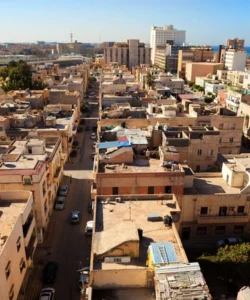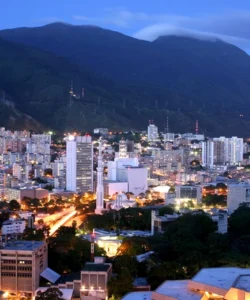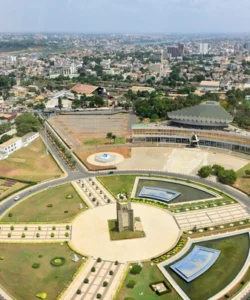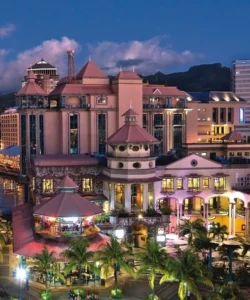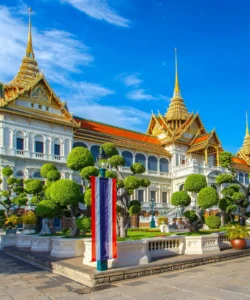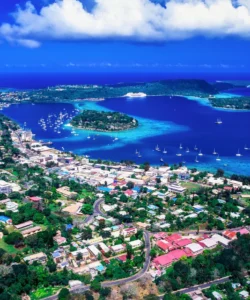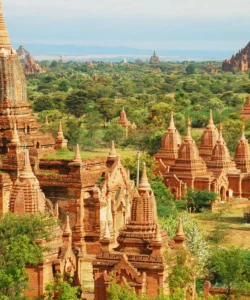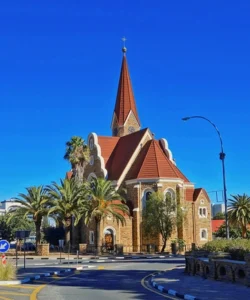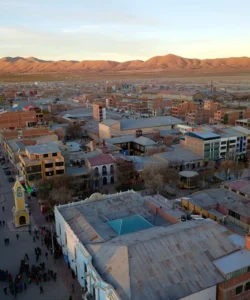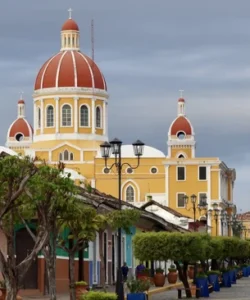Eritrea is a country in the Horn of Africa, bordered by Sudan, Ethiopia, and Djibouti, with a long coastline along the Red Sea. Its history is shaped by its long war for independence from Ethiopia and its subsequent development into a highly militarized one-party state.
![]()
Area: Approximately 125,000 sq. km. (48,000 sq. mi.).
Population: The estimated population for Eritrea in 2025 is 3,889,630.
Language: Eritrea has nine official languages: Tigrinya, Tigre, Saho, Kunama, Rashaida, Bilen, Afar, Beni, Amir, and Nera. Tigrinya is widely spoken, and Arabic is also used by the government.
Currency: The Eritrean Nakfa (ERN).
Religion: The population is almost evenly split between Christians (primarily Orthodox) and Muslims.
Capital: Asmara.
Major Cities: Besides Asmara, other significant cities include Keren, Teseney, Mendefera, Agordat, Assab, Massawa, Adi Quala, Senafe, and Dekemhare.
Attractions: Eritrea offers a unique blend of natural beauty and historical sites.
- Asmara: Known for its well-preserved modernist and Art Deco architecture from the Italian colonial period. Highlights include the Eritrea Catholic Cathedral, Cinema Impero, and the Fiat Tagliero Building.
- Massawa: A historic port city on the Red Sea, often called the “Pearl of the Red Sea,” with a charming old town and opportunities for swimming, sunbathing, and diving.
- Keren: A mountain city with the Assehaba Mosque and Catholic Church, and a popular market.
- Archaeological Sites: Qohaito, one of Eritrea’s largest and most famous archaeological sites, features ancient mounds, structures, and an ancient dam. The ancient city of Adulis near the Red Sea coast was once a significant trading center. Metera is another important archaeological site with excavated churches and the Metera Stela.
- Natural Wonders: The Great Rift Valley runs through Eritrea, showcasing volcanic structures. The Danakil Depression, one of the hottest places on Earth, is also partially located in Eritrea. The Dahlak Archipelago, with over 250 islands, is an unspoiled destination for scuba diving and exploring ancient ruins. The Semenawi Bahri escarpment, or “The Green Belt,” offers lush landscapes.
- Monasteries: Ancient monasteries like Debre Sina, Debre Bizen, and Tsaeda Emba are significant historical sites.
Wonders: While not officially recognized as one of the “Seven Wonders of the World,” Eritrea boasts several impressive natural and historical sites that can be considered wonders, such as the ancient city of Adulis, the Dahlak Archipelago, and the unique architecture of Asmara. The Qohaito Archaeological Site is also considered one of Eritrea’s most important ancient ruins.
Architecture: Traditional Eritrean architecture includes the H’dmo (a common traditional house in the highlands) and Agudo and Agneet (common in the lowlands). Asmara is particularly renowned for its Modernist and Art Deco buildings, remnants of Italian colonial influence.
Roads: Eritrea has a road and highway network totaling 16,000 km, placing it 114th globally in terms of road length per inhabitant.
Hotels: International hotel chains like Hilton, IHG Hotels & Resorts, Best Western Hotels & Resorts, and Wyndham Hotels & Resorts have a presence in Eritrea.
Restaurants: Asmara offers a variety of restaurants, often blending Eritrean and Italian cuisines. Popular choices include Albergo Italia (classic Italian), Blue Nile Restaurant (traditional Eritrean and Ethiopian), Fiori Restaurant (Italian and Eritrean, known for wood-fired pizza), Roma Restaurant (Italian classics), and Sunshine Restaurant (fusion of local and international cuisines). For authentic local dishes, Kategna Traditional Restaurant is a must-visit.
Cuisine: A typical traditional Eritrean dish features injera (a sourdough flatbread) served with a spicy stew that often includes beef, goat, lamb, or fish.
Annual Travel: In 2016, Eritrea recorded 142,000 international tourist arrivals. Tourist numbers have fluctuated over the years, with a peak of 417,000 in 1996.
Travel to Eritrea requires a visa. Visitors should also be aware of the country’s political and economic situation and adhere to security measures.


